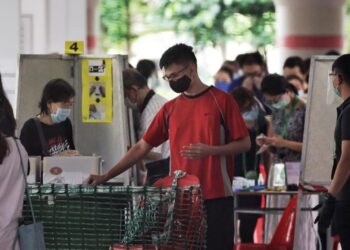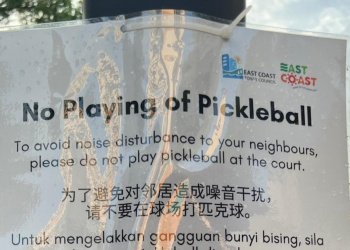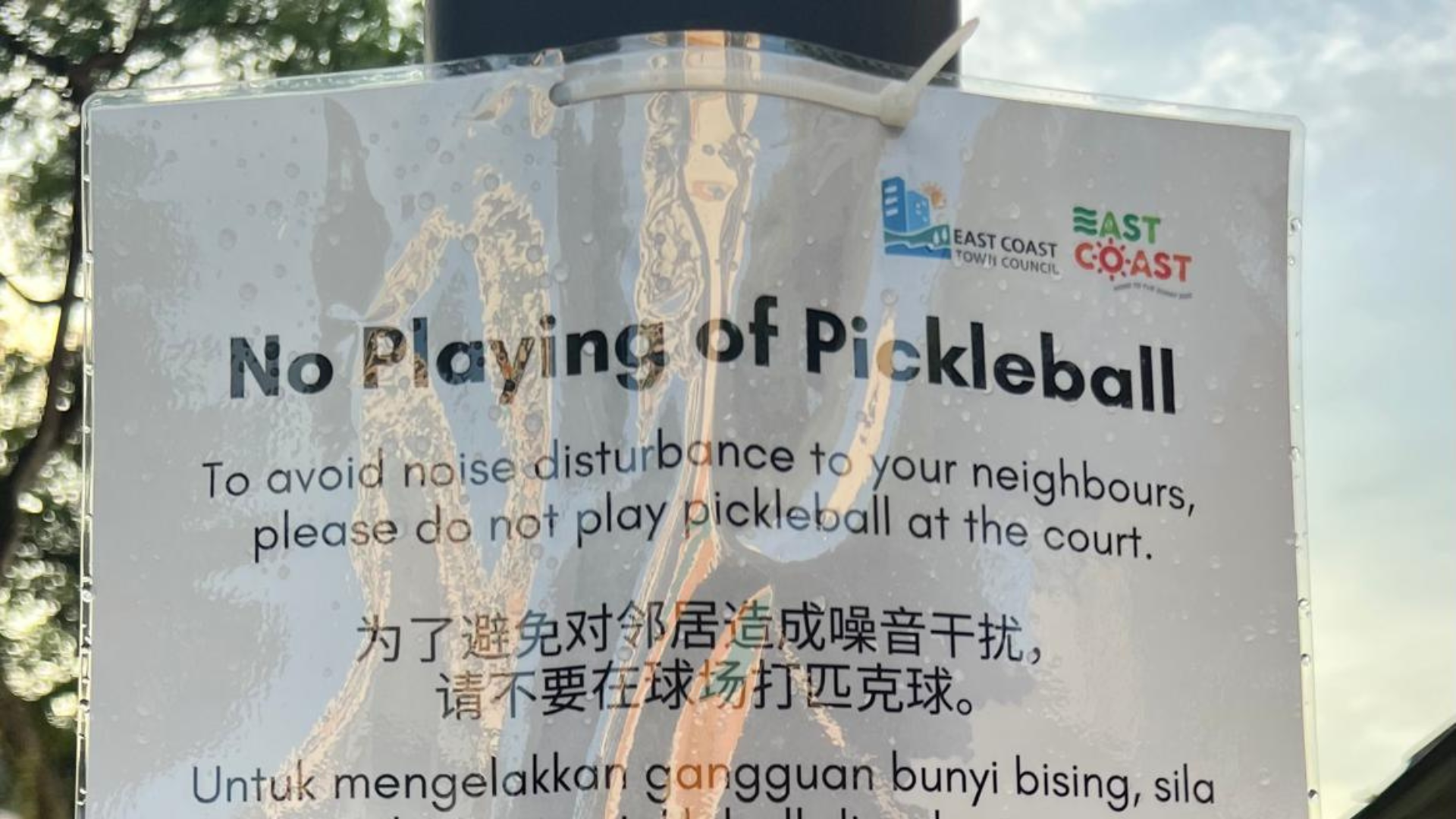After jail time, most offenders go on to rehabilitate and reintegrate themselves into their communities. But according to the Singapore Prison Service, about one in five of these offenders (as of 2020) find themselves back behind bars within two years of their release. Why does this happen? And how can it be prevented? In the first of a two-part series, TheHomeGround Asia speaks with several ex-offenders to understand their experiences behind bars, and how these have shaped their recovery process.
Rafiq (not his real name) had little to say about his time spent behind bars except this: “Life in prison was really hard.”
Yet, Rafiq still found himself incarcerated a total of four times over 12 years, for various charges of drug consumption and illegal money lending. He was first arrested in 2006, and last released in November 2018. Only 26 when he was first arrested, he says, “[I] wasted 12 years of my life and my youth.”
Rafiq’s multiple arrests come in the light of multiple tragedies in his personal life. He had first started taking drugs in 2005, after the death of his twin brother. Devastated and unable to cope, drugs were a way to “numb” himself. In the years after, drugs continued to be his solace when his mother passed away in 2008, and when his marriage fell apart in 2010.
With his repeated stints in prison, Rafiq eventually found himself homeless and jobless, and resorted to associating himself with gangs as a loanshark runner to survive. His crimes caught up with him and in 2015, he served his longest sentence of nearly three years behind bars, and three strokes of the cane. This sentencing was his turning point, and he has stayed out of prison ever since – his longest reprieve since his first arrest.
So what was it about the last prison stint that hit differently?
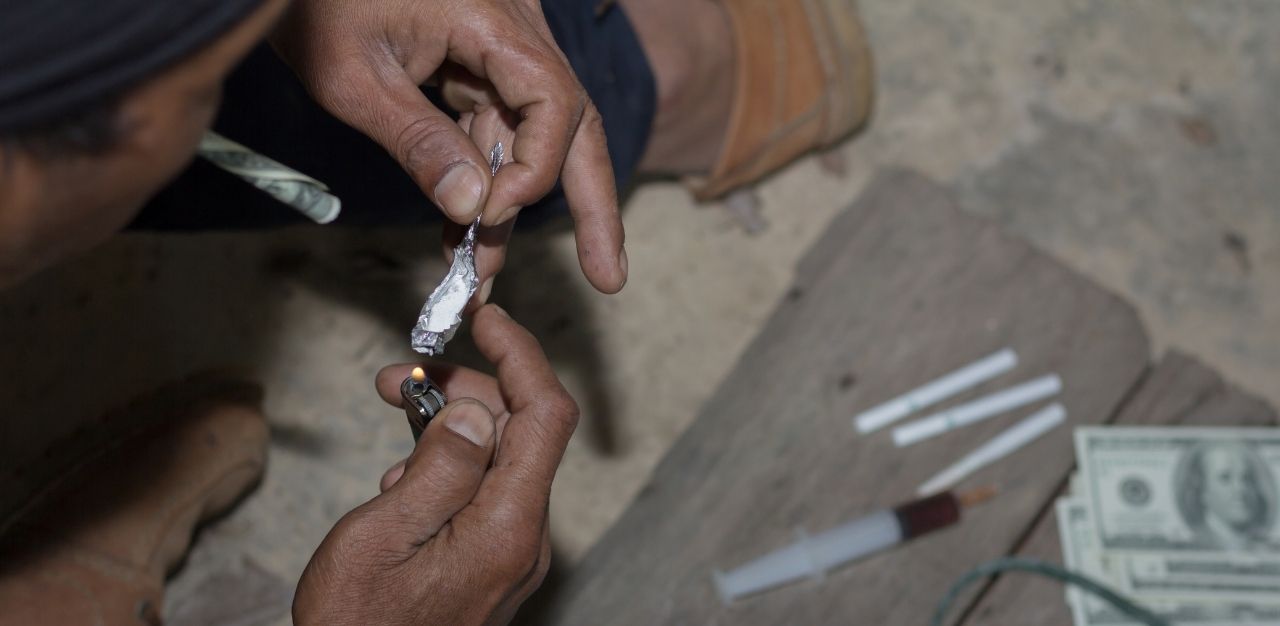
Counselling within prison walls
Throughout his time in prison, Rafiq spent much of his time exercising, praying, reciting the Al-Quran, and reflecting on his past actions.
“I took [the reflection and courses inside prison] seriously,” he shares. “I applied it to my life.”
Along with his own motivation to change, Rafiq explains that these courses and self-reflection helped him to know himself better and manage himself physically and mentally. Ultimately, however, he cites his final sentence as the real catalyst.
“I felt the pain mentally as it was the longest period of time I was in prison,” he says. “Physically, the three strokes of the cane I received were worse than previous canings I had.”
Other ex-offenders TheHomeGround Asia interviewed concurred that counselling programmes within prison, whether by internal staff or external organisations, were instrumental in their subsequent recovery.
But, a couple of ex-offenders highlight that the approach of the counsellors and who they are also make a difference.
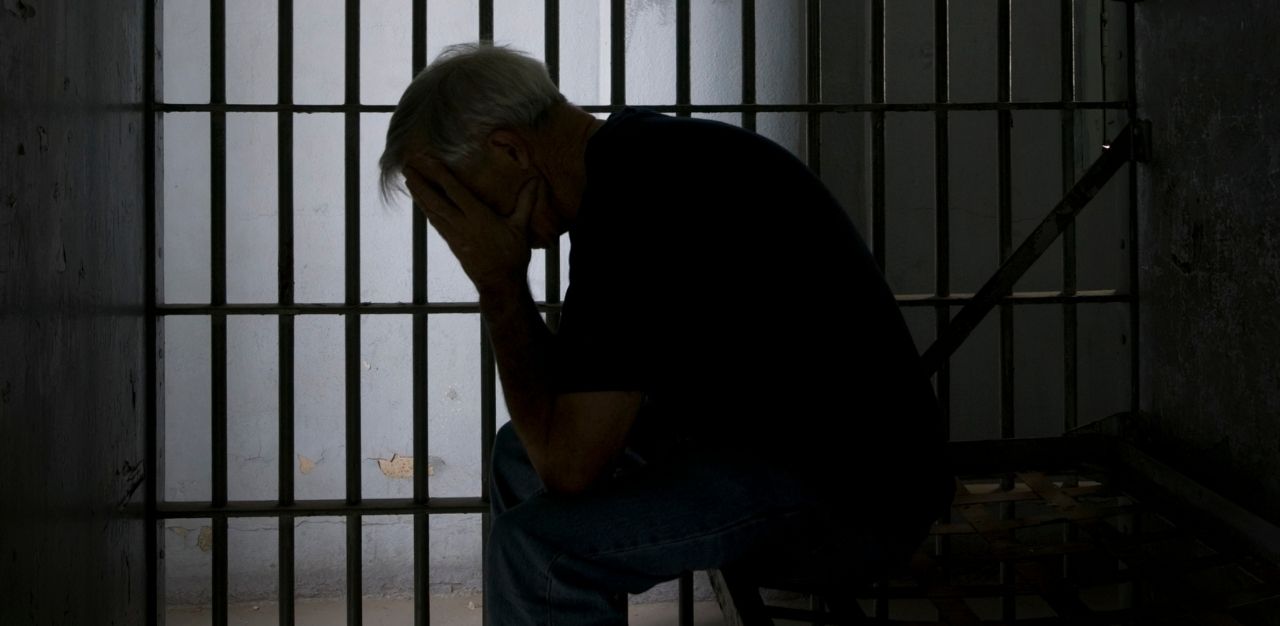
One such individual, who wished to be known only as June, has a story much like Rafiq’s: She was first exposed to drugs 20 years ago, through her husband. Over the years, they became a coping mechanism for her, even as she was repeatedly incarcerated on drug consumption charges.
“I keep telling myself I want to change. But when I go out [of prison], the same thing, I relapse,” she adds.
In total, June was in and out of prison four times, with her most recent release being in January 2020. Her turning point came when she encountered counsellors from New Life Stories, whose approach struck a chord with her.
New Life Stories is a non-profit organisation on a mission to prevent intergenerational incarceration and recidivism, while improving the quality of life for (ex-)offenders and their families.
While June went through plenty of counselling programmes during her four terms in prison, she shares, “The thing is… whether I want to change myself or don’t want… sometimes a person talks to us, and they are the lucky person who can wake us up.”
Counsellors from New Life Stories were the lucky ones: “I see that they listen to my problems… they keep motivating me to not look down on myself, to wake up and look forward. From there, I tell myself, if other people can see me this way, why can’t I see myself that way too?” asks June. “And the most beautiful thing is that they will communicate with our children and family outside, so they are really helping us.”
She adds, “Halfway through [New Life Stories’] programme, I feel like if these two counsellors with good education want to help me, why don’t I want to help myself? From there, I keep wanting to know more, I want to be a better person.”
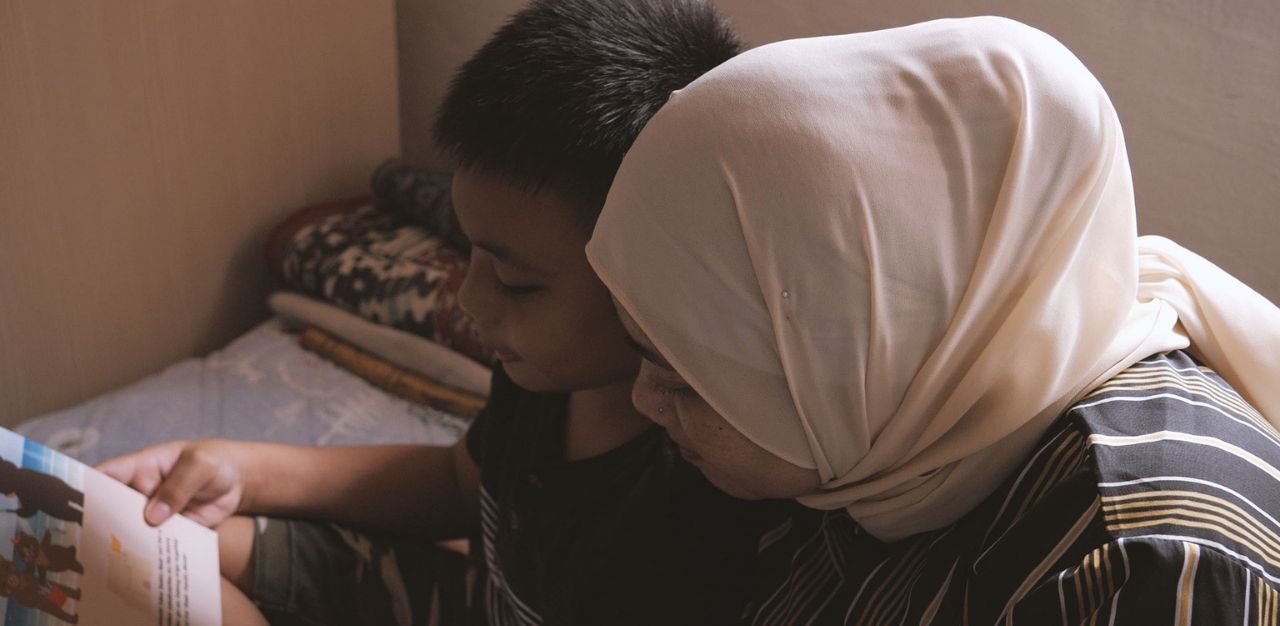
For Kevin Anand, having counsellors who were ex-convicts themselves was something that stuck with him. Mr Anand’s rap sheet comprised gang-related activities, as he had fallen in with bad company in his youth after a tumultuous childhood. Being a child of divorced parents and who was picked on at school had instilled a desire to “stand up” for himself. He found camaraderie with gang members, who often shared troubled childhoods too.
During his time as a gang member, Mr Anand had gotten into multiple fights but had escaped the authorities. At the age of 27, his luck finally ran out, and he was caught and charged for the first time after getting into a fight with a weapon. He spent a year in prison, before being released in 2014.
The one-year stint did not bring his gang member days to a halt. Instead, he continued getting into fights, and was eventually detained under the Criminal Law (Temporary Provisions) Act in 2015, leading to a five-year period of detention before he was released in February 2020.
While incarcerated, Mr Anand went through counselling with non-profit Prison Fellowship Singapore, a Christian organisation committed to bringing restoration to inmates and their families. There, he was counselled by people who were ex-offenders themselves, and he found encouragement in that they were people who understood his circumstances and struggles.
He recounts, “There was one brother called Bruce, he also came out from gang, and he shared with me his story. These are things that reflect on myself. He sees his younger self in me, and I see my older self [in him]. How am I going to be [in the future]? Am I going to be like him, or am I still going to be in prison? That actually woke me up, [to realise that] the choice is up to me.”
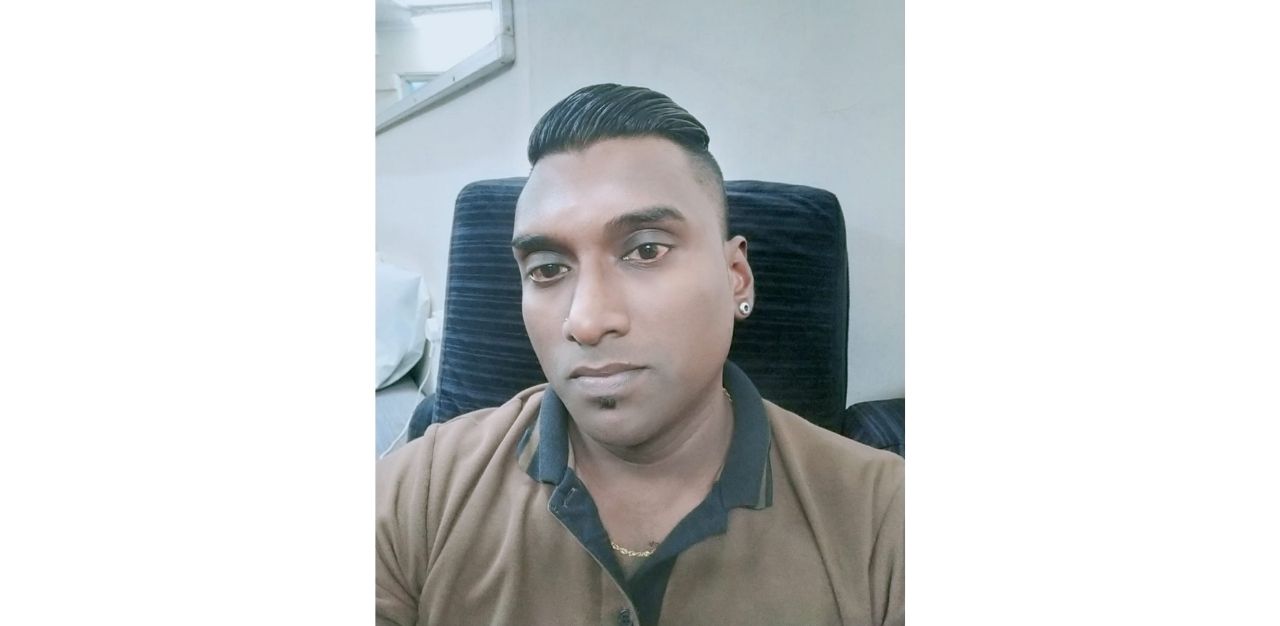
The friendships you make or break behind bars
Helpful as it may be, counselling is not a panacea, and inmates still go through their fair share of struggles within prison walls.
Like Mr Anand, Yeo Yun Luo’s troubled childhood led him to join a gang in his early adolescence. After getting into multiple fights, Mr Yeo’s offences eventually caught up with him, and he was sentenced to 18 months at a Reformative Training Centre (RTC) when he was 16.
Nevertheless, gang hierarchy still existed within the RTC, and Mr Yeo was one of its leaders.
“I’m the one that if I say ‘let’s fight’, everybody will just go,” he quips.
And fight he did, going as far as to incite a riot within the centre’s walls. His actions resulted in an extended sentence, corporal punishment, and time spent in the maximum security wing of the RTC. In total, Mr Yeo’s sentence was extended four times, and he spent over two and a half years in the centre.
Mr Yeo attributes his actions behind bars to social influences: “Inside, you got four people inside one cell, when you know a lot of people, people will talk to you, and the influence is very high. In addition, I was very ai mian zi [meaning prideful in Mandarin], so when they passed over the crown [of being gang leader], I wore it.”
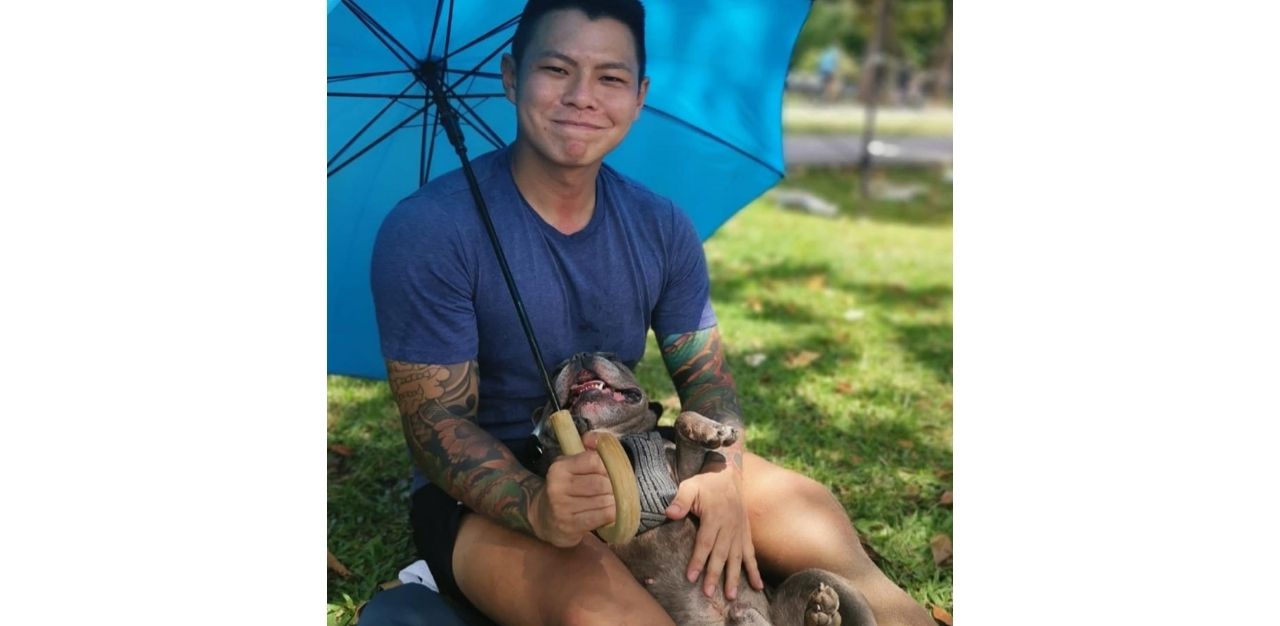
Meanwhile, others like Rafiq, who was determined to change during his last stay in prison, had to muster up the courage to renounce his gang members: “It can be hard for inmates to renounce their gang inside prison as you will be mocked and jeered at,” he explains. “But I decided to take that step to renounce my gang as I wanted to learn how to manage my emotions. If I cannot learn to say ‘no’ and stay away from negative influences while inside prison, I will fall back into the same patterns outside prison.”
While June was not involved in gang-related activities, prison arrangements of having three to four inmates per cell meant that she, too, had to learn to buck social pressures.
“Sometimes, I want to be good, but there’s always a test,” she explains.
“One morning, I wanted to receive breakfast, then one lady talked very harshly to me. But my other friend told me, ‘Remember, your mother is waiting for you, don’t get into a fight.’ So I just keep quiet and tell myself, ‘Nevermind, me being quiet doesn’t mean I lose,’” she recalls.
She concludes, “From there, I learned that I don’t need to have a big circle of friends, just a small one that is straight with me.”
On the other hand, fellow New Life Stories’ beneficiary who gave her name only as Van, found some silver lining when interacting with other inmates during her prison term.
Van had been caught while assisting her husband in his drug trafficking operations, and was sentenced to five years in prison. Before her arrest, she had not thought of the harm that she was causing by being an accomplice to drug trafficking; she had only been focused on making “easy money”.
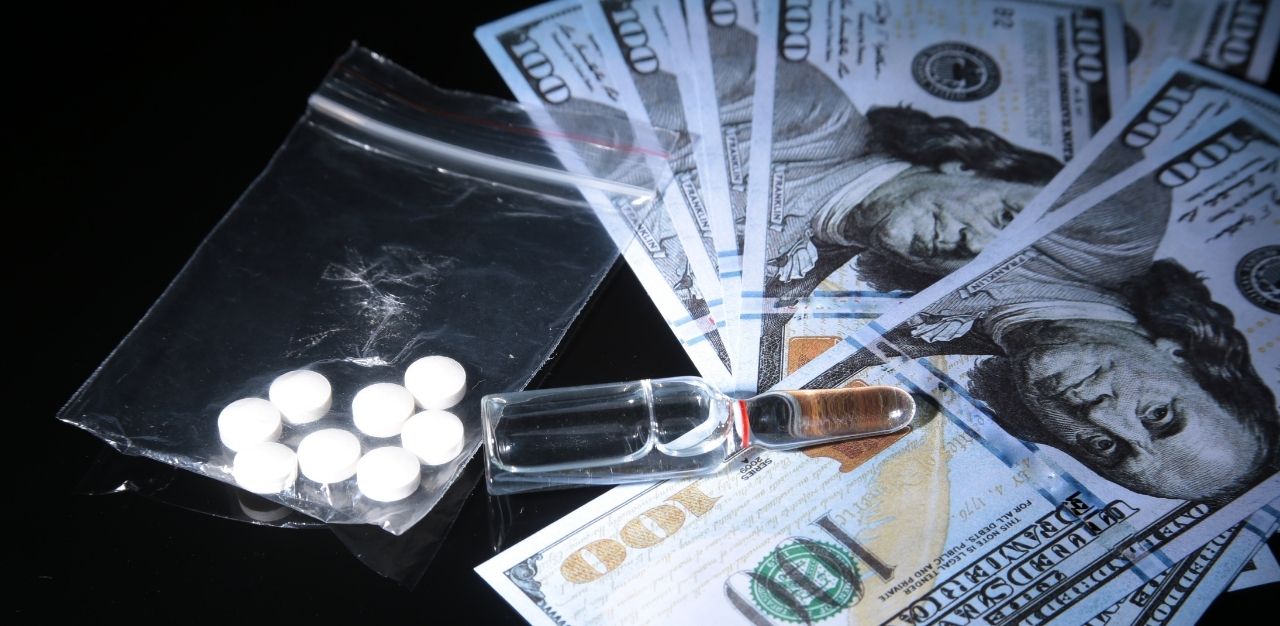
But all this changed when she was in remand: “I spoke to some of the girls there, and they shared with me their stories. It’s very painful for me [to hear them]. Because of trafficking, because of me, you’re taking drugs. They lose their families, their children are sometimes not with them but with foster parents, these are the things I hear.”
She concludes, “It’s a lesson learned for me.”
With that in mind, Van has committed to her rehabilitation and recovery.
But while this first step is significant, Mr Yeo believes that the factors determining whether an individual will re-offend occur the year immediately after release.
In the second part of this series, find out how these ex-offenders cope in the immediate year after their release from prison; their struggles and triumphs as they reintegrate into society and attempt to reconcile with their loved ones and family members.
Join the conversations on TheHomeGround Asia’s Facebook and Instagram, and get the latest updates via Telegram.

